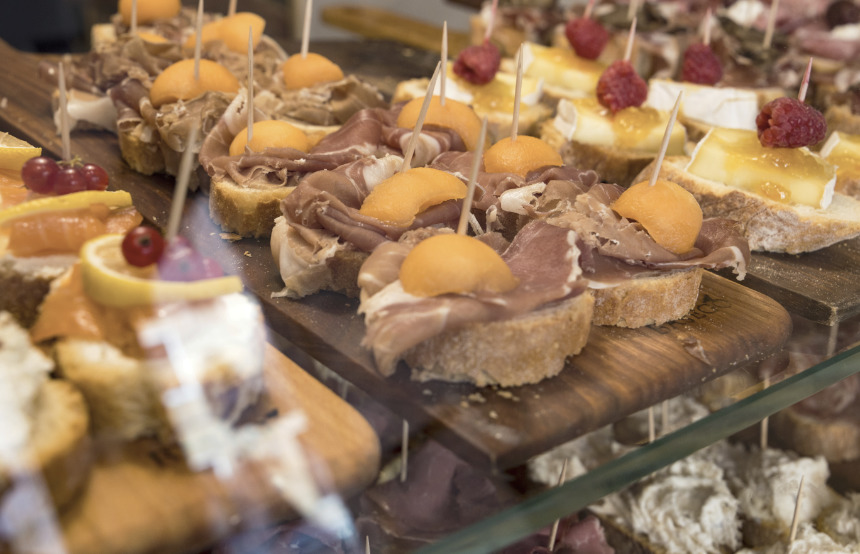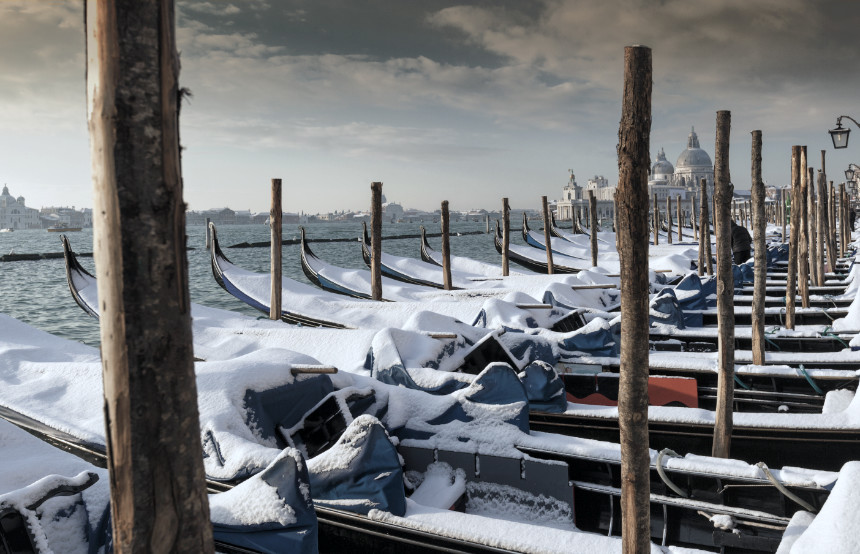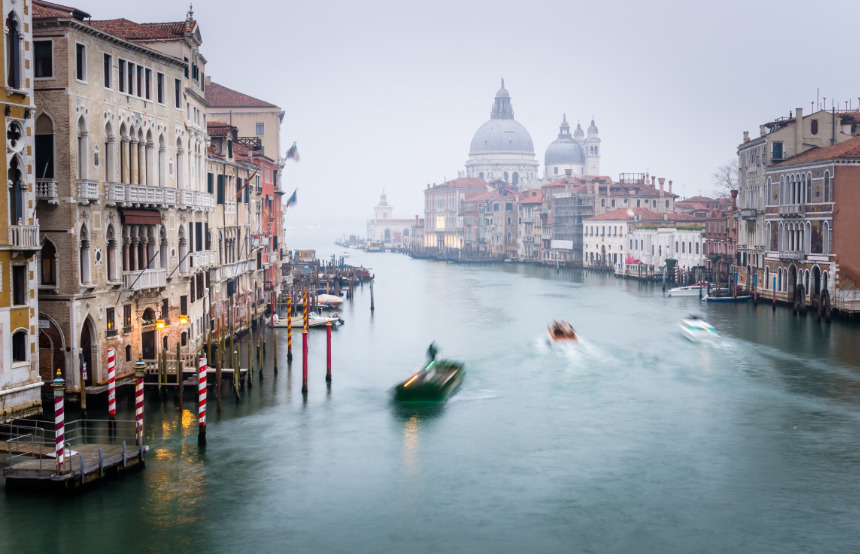An architectural masterpiece suspended across 118 islands in northern Italy’s Veneto region, Venice’s existence is a remarkable feat of both engineering and creativity. With canals replacing roads, the city became a major maritime power in the tenth century and a significant centre of art and architecture. Its popularity certainly hasn’t waned over the years and the summer sees the floating metropolis transform into a tourist trap, characterised by teeming campi (squares) and gondola-congested canals. During winter, however, the Venetians reclaim the cobblestone lanes and Venice is restored to its rightful glory, making for a picturesque Italian holiday. The weather may not always be on its best behaviour, but with the walkways wonderfully free from tourists and the church bells providing a gentle soundtrack, the city is at its most romantic. Visit Venice in winter to feast on comforting Italian fare, enjoy the emptiness of the labyrinthine streets and experience its seasonal festivities.
1
The Food
The drop in temperature during the winter season is typically accompanied by carb cravings, and what could be more inviting than indulging in Italian food as an antidote to the cold weather? Venice in winter is no exception and you’ll find plenty of satisfying Italian dishes on offer in its trattorias and bàcaris (Venetian tapas bars). Pasta is less of a staple here than in other regions, with polenta and rice claiming the starring role in Veneto’s cuisine. Cicchetti (Venetian tapas) is another speciality of the city and while the word ‘tapas’ may conjure up images of beachside eats (accompanied by sangria), cicchetti was created to be eaten as a snack standing up, saving time during the working day. Cicchetti is to Venice what pizza is to Naples, and offers an excellent means of fuelling days spent wandering the wintery streets. Other examples of gastronomic excellence include hearty pork goulash, golden spaghetti, creamy risotto nero di sepia (squid ink risotto) and rich Venetian duck ragu.

2
The Festivities
In general, tourist crowds tend to lessen come winter, yet one exception to this rule is during the annual Carnevale di Venezia (Venice Carnival). Held before Lent in late February or early March, the long-standing tradition draws thousands of mask-wearing visitors to the city. If colourful festivities are your thing, you can join the celebrations by donning a mask of your own and watching the elaborate street processions. For a more serene sojourn, the Christmas period could represent the festive sweet spot for spending winter in Venice. With twinkling lights strung up across the canals and a Christmas tree standing tall in Piazza San Marco, the city takes on a magical quality. Visiting Venice’s Christmas markets or strapping on some ice skates in the Campo San Polo are also worthy winter activities.

3
The Sightseeing
If you dream of seeing St Mark’s Basilica and exploring the Palazzo Ducale but find the throngs of selfie-taking tourists off-putting, visiting Venice in winter could be the solution. The colder climes from October to March deter many travellers and the more civilised crowds allow for better sightseeing. With the walkways (and waterways) mostly occupied by unhurried locals, you can enjoy the city’s main attractions in relative solitude. St Mark’s Basilica, the Palazzo Ducale and Piazza San Marco form the trifecta of Venice’s most visited spots and all three can be uncovered with a guided tour of the city alongside a knowledgeable local. Cruising down the uncrowded Grand Canal in an authentic gondola and snapping a photo of the view from the Rialto Bridge – without having to vie for space – are also highlights of opting to travel at this time of year.
Written by Luisa Watts














